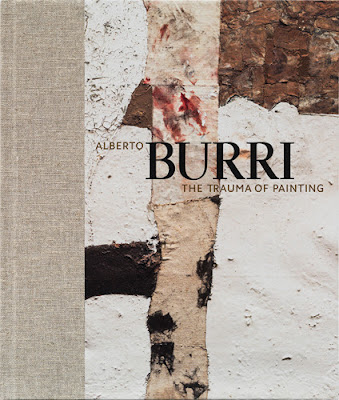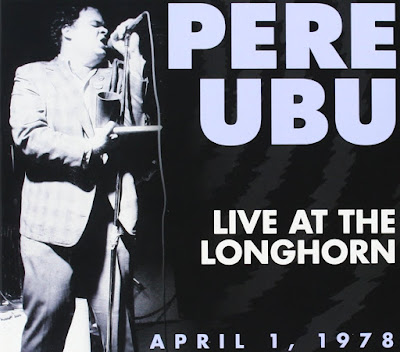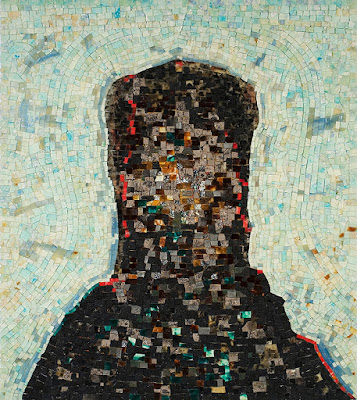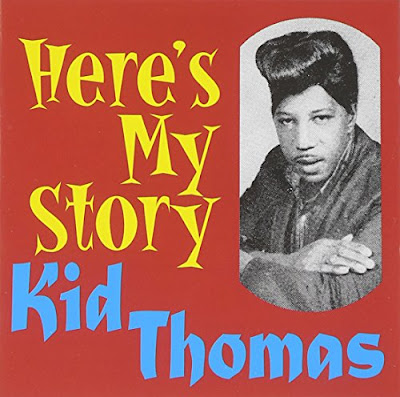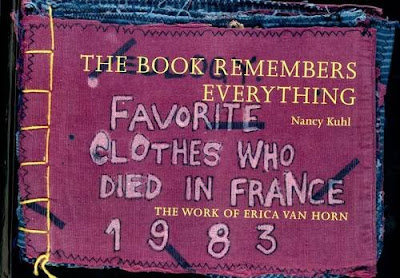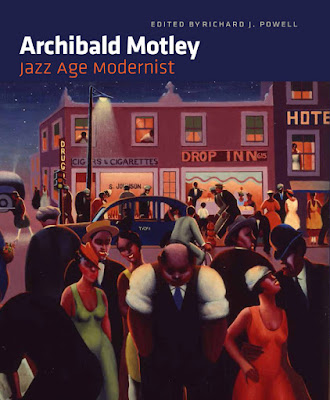
"Brooklyn-born painter George Tooker depicts the disquietude of a mundane trip into a contemporary subway station in The Subway, on display at the Whitney Museum. 'Made in 1950 with egg tempera paint, George Tooker’s The Subway, takes as its subject the alienating effects of modern life,' states the museum website. 'Just as the positioning, color, and facial expressions of figures in the painting suggest a dark side to modern life, so too does Tooker’s choice of subject matter: a subway station,' according to the website. 'This location emphasizes feelings of alienation, as any New York subway passenger knows. Subways are labyrinthine and almost prison-like, with low ceilings and barred areas. Tooker accentuates this effect by removing all signs from the subway station of his imagination, so that a person who is lost might never find his or her way out.'”
Ephemeral New York
Wikipedia
NY Times: George Tooker, Painter Capturing Modern Anxieties, Dies at 90
Whitney (Video)
American Art: The Waiting Room, 1959 (Video)
YouTube: GEORGE TOOKER part 1 of 3, part 2 of 3, part 3 of 3



